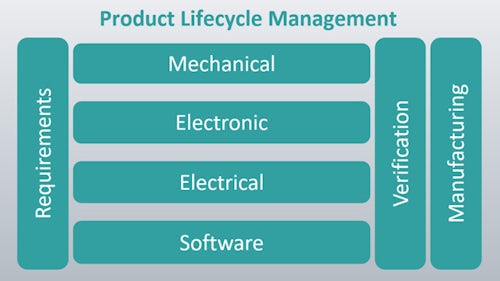This paper explores crucial electronic systems design areas where artificial intelligence (AI) technologies — including machine learning and deep learning — can be applied to minimize or eliminate the complexity of electronic system design work.
It also highlights a number of areas in the typical electronic systems design process where AI technologies can be leveraged to accelerate decision making, automate mundane processes, improve the efficiency of new users, and optimize the performance and manufacturability of multi-domain systems.
Why does Siemens creates AI-enhanced tools?
Siemens’ goal is to deliver AI-enhanced tools that help electrical engineers and designers:
- Make informed decisions, increasing efficiency
- Complete routine tasks with minimal effort, improving productivity
- Improve expertise by recommending next tasks
Challenges in PCB design in the application of AI
The following are the key challenges in PCB design faced by PCB designers and engineers that are described in details in this paper and how AI could address them.
- Learning curve - the human factor
- Component selection
- Component model creation
- Schematic connectivity
- Dynamic reuse
- Constraints
- Layout - placement and routing
- Analysis and verification
- Design synthesis
Download this white paper for more details in how Siemens's AI technologies help driving down costs, reducing development time, and improving the quality of the final product or process.
Learn more about Siemens Electronic Systems Design & Manufacturing.
Account Required
New user? Create a Siemens account



